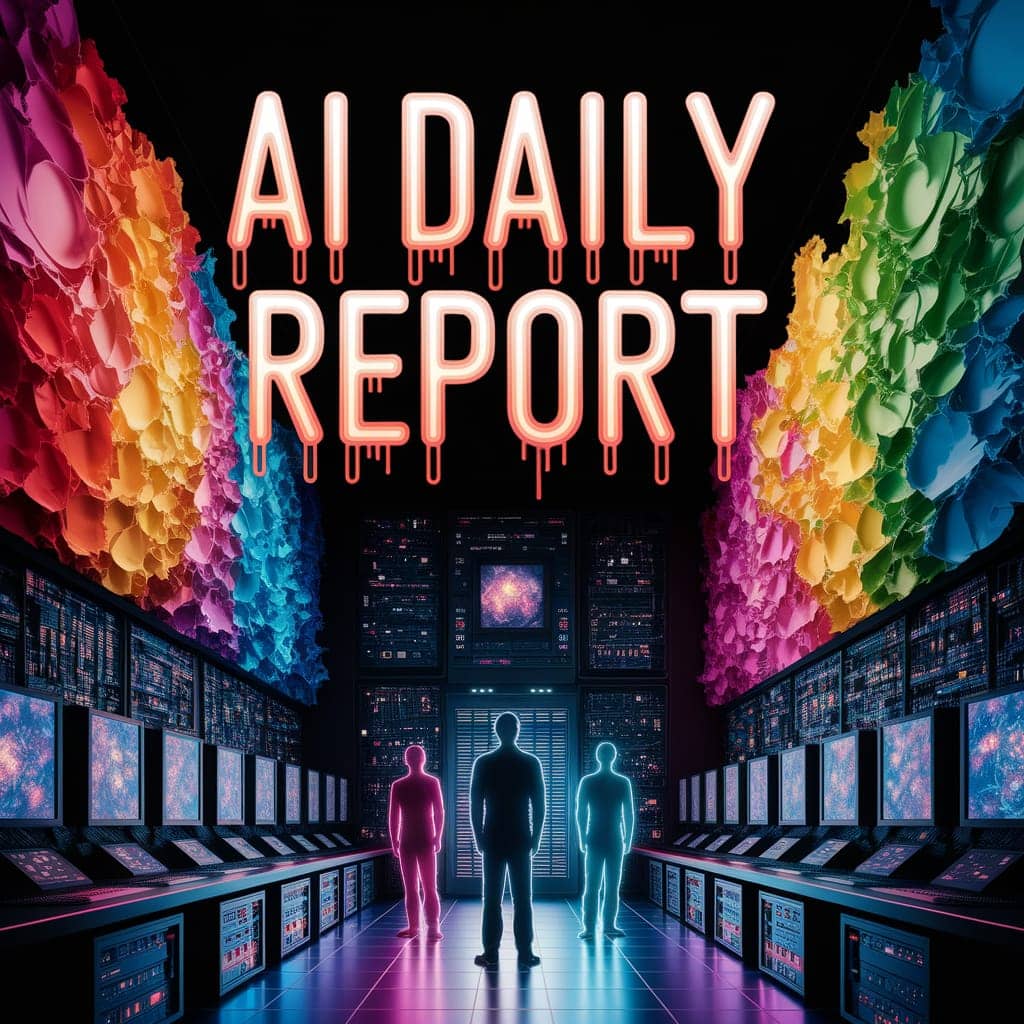Easy AI Agent Guide: Start Building Today!
How to Build AI Agents: A Beginner’s Guide to Autonomous AI Imagine having tiny robots that can think and act on their own! That’s what AI agents are all about. They can automate tasks, solve tough problems, and make our lives easier. AI agents are smart computer programs. They can do tasks without constant human […]
Easy AI Agent Guide: Start Building Today! Read More »

